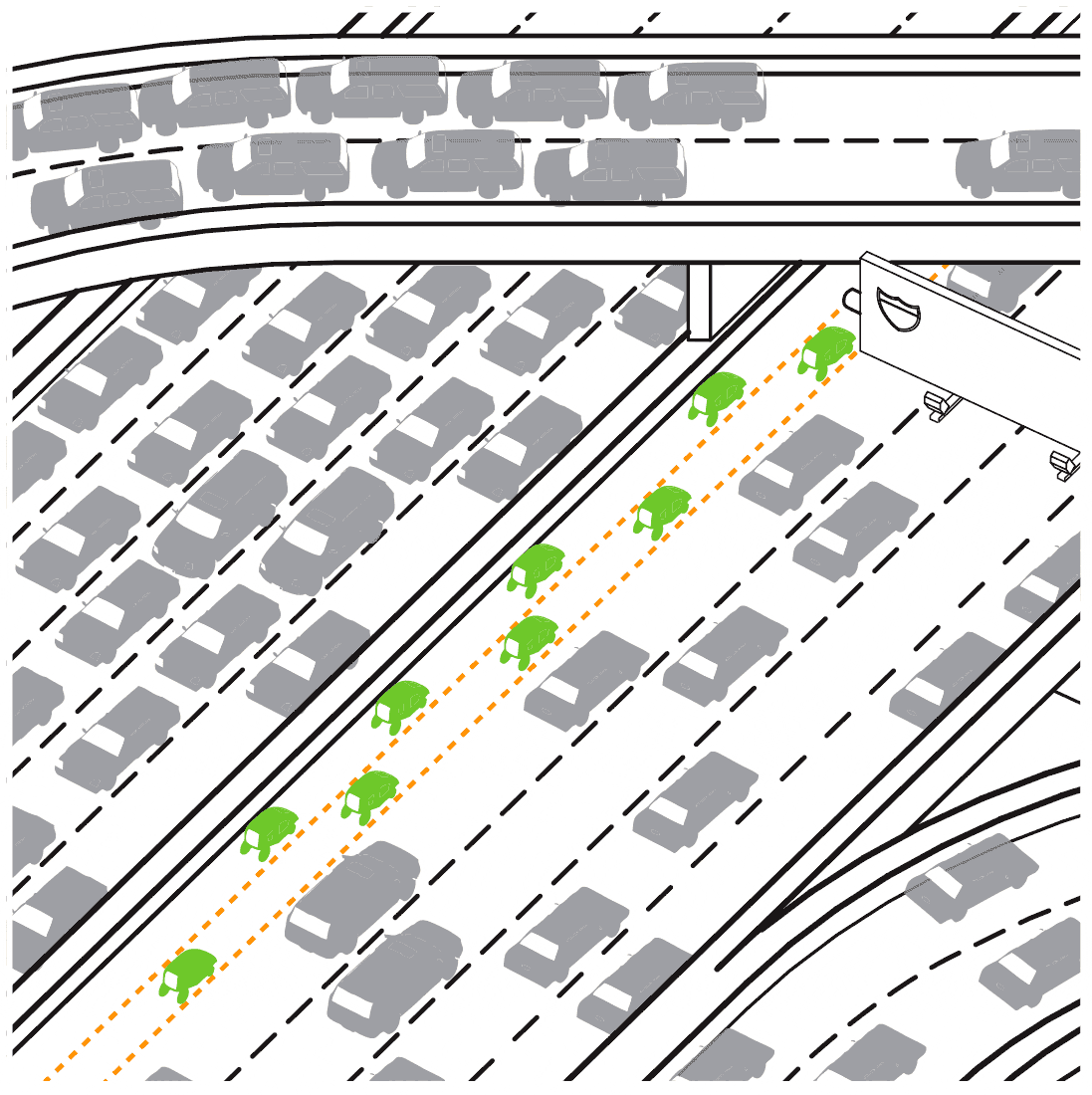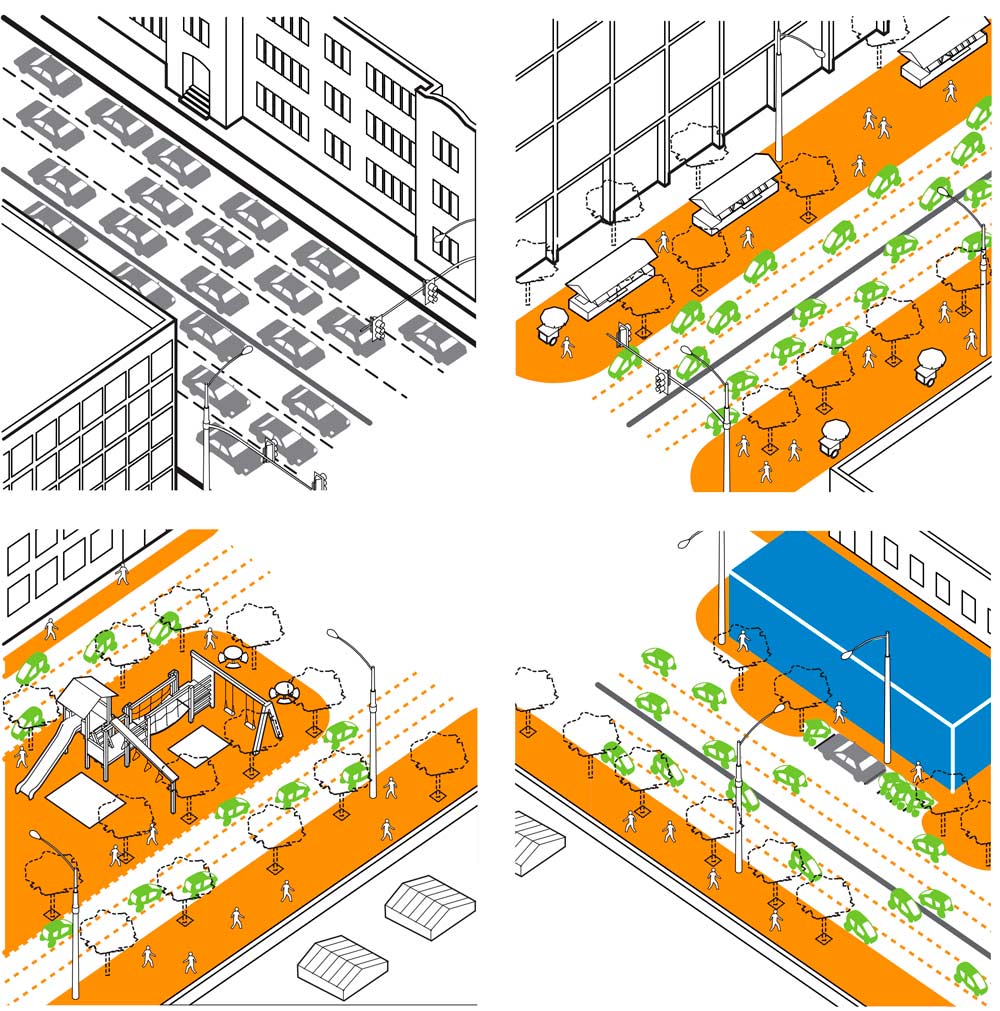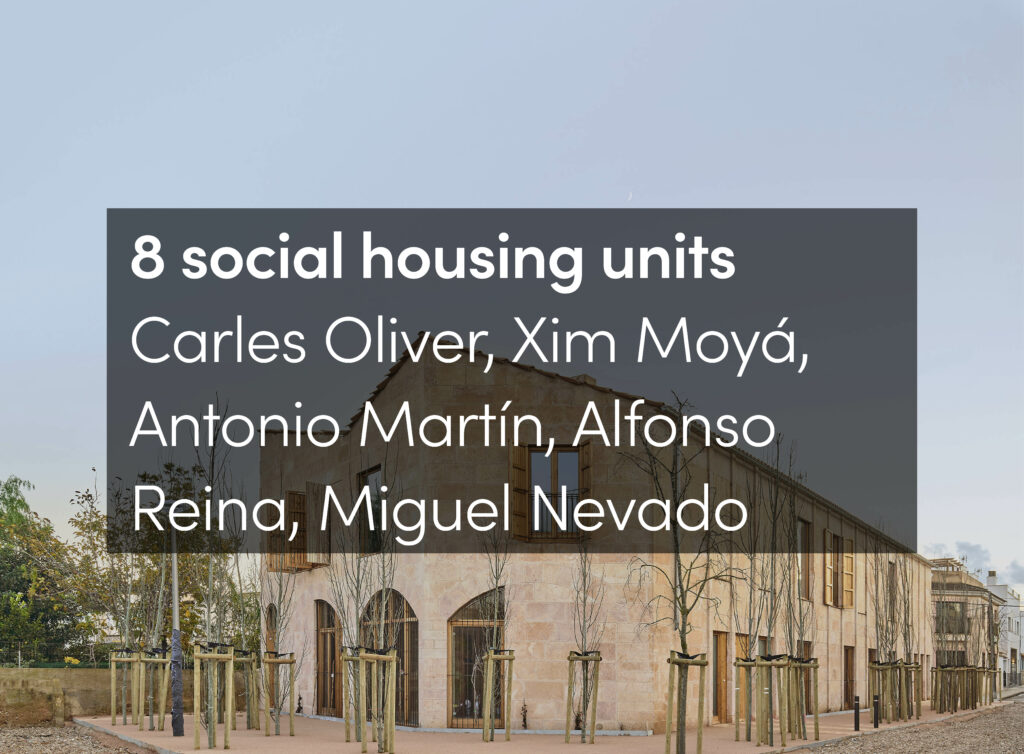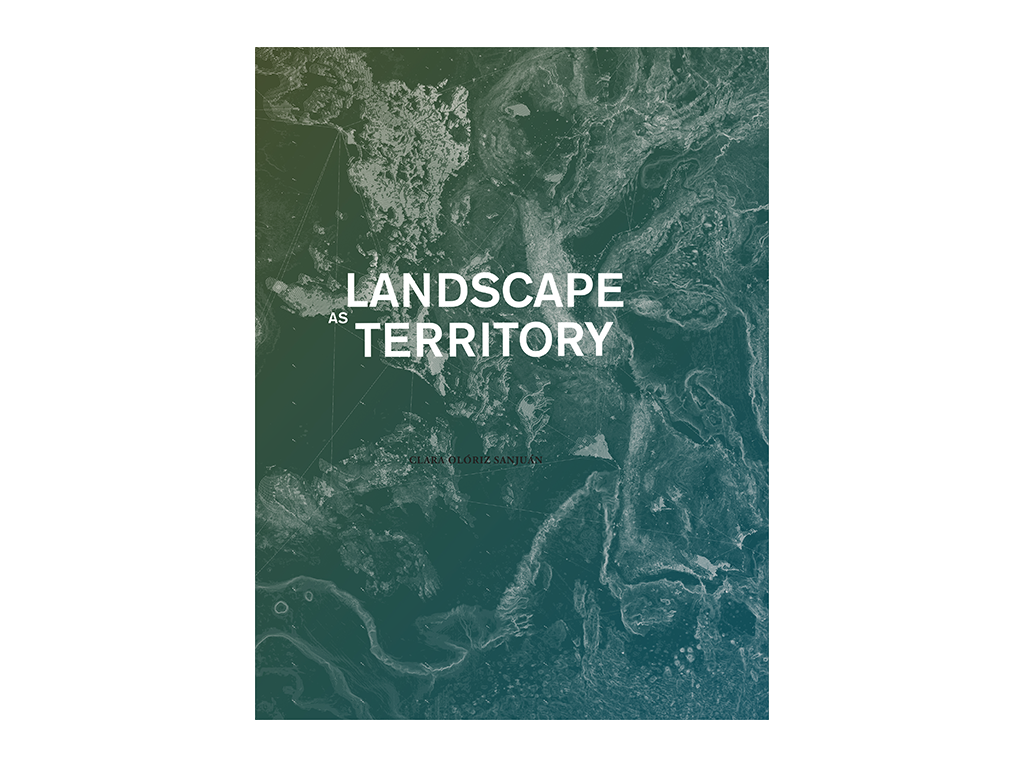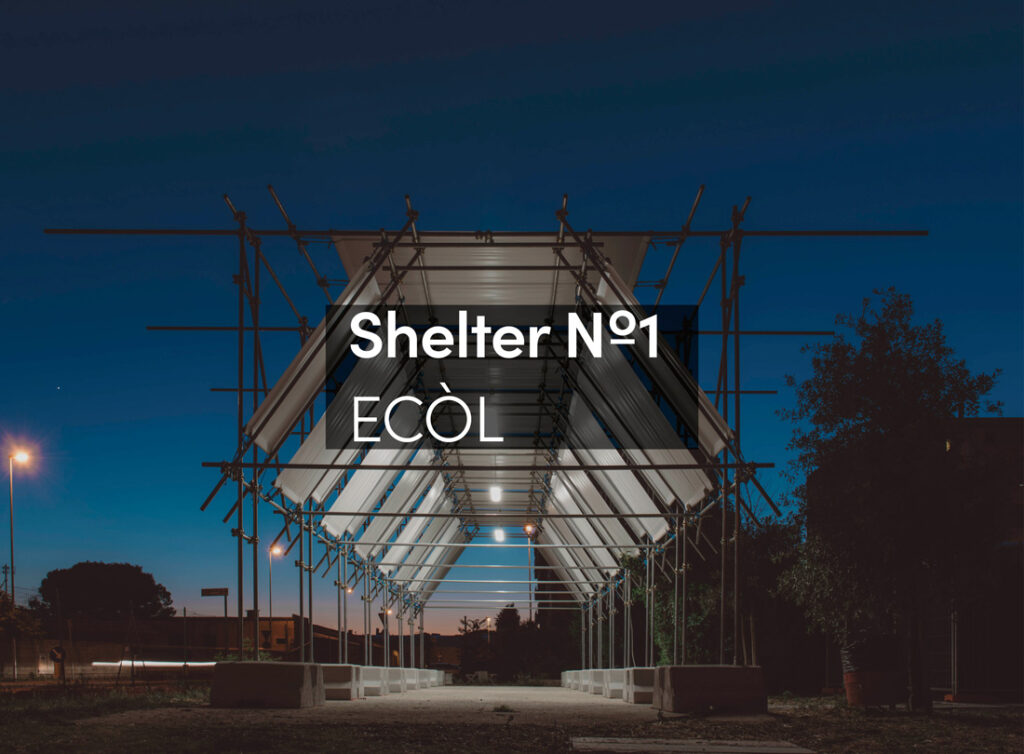WPA 1.0
“Infrastructure” refers to the underlying physical fabric of the structured environment, as represented by familiar examples like the Roman Aqueducts or the WPA projects of the Great Depression.
These massive (concrete) structures provide the operational foundations for the society they serve, and are understandably built to last forever.
Despite its own vast inertia, though, infrastructure’s most important role is to facilitate movement—the flow of people, goods, information that is the life blood of any civilization (even dams are built to control the energy of the rivers they span). It is infrastructure that ensures this flow is maintained with ease, speed and efficiency.
The well-served society tends to grow, however, leading inevitably to conges- tion, which means that its infrastructure must grow with it. Over the course of the twentieth century in particular the scale of infrastructure increased dramatically, paced and outpaced by the rising prosper- ity of the industrialized world. Today’s traffic jams, energy deficits and pollution testify by their own disruptiveness to the continuing importance of infrastructure as an enabler of flow.
But in the twenty-first century, dwindling resources will prevent the relief of this latest round of congestion through yet larger infrastructure. There simply isn’t enough space left in most cities today for more freeways or money available to pay for elaborate subway systems. And today’s problems are too nimble/complex for such ponderous solutions, anyway.
WPA 2.0
The colossal continuing presence of last century’s legacy infra- structure reminds us that now is different, and it should warn us against outdated thinking that perpetuates that old infrastructure’s massive, resource-intensive inertia.
Today a flexible, pragmatic, small-scale bottom-up approach is more appropriate for thinking about problems of infrastructure in a globalized, flattened, speeded up information society with limited resources.
The solution of mass transit is no solution at all, but a palliative to the designer’s sense of guilt and a proven failure when other options (like those presented here) are available.
Like architecture, infrastructure—which might on occasion be architecture—is an expression of its times. WPA 2.0 will be smaller, lighter, faster, more diffuse than WPA 1.0. It will free the flow to find its own channels, realizing efficiencies impossible for its earlier static forebears.
WPA 2.0 will naturally be more interested in that which moves than that which is fixed: the key to relieving congestion in the twenty-first century will be better cars, not more roads.
The first step to relieving congestion in the 21st Century will be to recognize that, while there may not be any room left in the city for more lanes or money for burying them, there is still a lot of easily accessible, unused space within the single- occupancy-vehicles (SOV) filling the lanes that are already there, causing the congestion. By making the cars smaller—making them true single occupancy vehicles, in other words—- that space could be redistributed back to the roads— or used in any other way that might benefit our cities. This newly discovered additional space can ease congestion, increase capacity, or be donated to other uses for profit or public benefit. This proposal explores all of these possibilities. 
Better Vehicles, Not Massive Transit
A groundswell of work on a smaller car is presently underway, but most effort s are is being concentrated on the problem of emissions rather than flow…
… and no work at all has been done on the impact of smaller vehicles on the physical infrastructure of flow—the roads, parking lots, garages and service stations.
By taking advantage of the fact that single-occupancy -vehicles predominate in every major city (by a wide margin), and designing specifically to serve this habit and need, new vehicle development can completely restructure the flow and its supporting physical environment.
In fact, the really-small -car is not a particularly new idea. Its original postwar provenance responded to a similarly constrained time. So-called “bubble cars” proliferated in a Europe devastated by world war, providing an extremely inexpensive, gas-miserly, low-occupancy solution to the pragmatic problem of urban transport in a time when practical considerations trumped frivolous expression or conspicuous consumption. It’s hard not to smile at the feisty spirit of these little guys or imagine how they could brighten the drabbest city street.
Today’s examples, and those already in the works for the near future, demonstrate the feasibility of the updated technology and the trends for even more improve- ments. These include advancements in battery design and hybrid/regenerative motors, electronics, lighter and stronger materials, and intelligence. While not as cute perhaps as the bubble cars, this new generation of small vehicles establishes the viability of the concept.
What’s coming from China and India demonstrate that the economics can be equally impressive. These two coun- tries represent a majority of the world’s population, most of whom live in poverty. These two facts guarantee that the markets are there to support their development efforts, and that those efforts will result in vehicles that are extremely inexpensive. Both countries are also relatively free of the sort of commitments to conventional technologies that seem to be stifling Detroit’s efforts.
This proposal is based on the development of a more effectively propor- tioned small car than those currently in the works. With its two seats arranged in tandem, this vehicle is specifically less wide, rather than merely less bulky.
By focusing on the vehicle, though, all dimensions of flow can be addressed— not only spatial;, but with technological advances already in the pipeline the dynamic intelligence of the traffic can be enhanced through direct intra-vehicular communication and control.
A glance at any urban or suburban scene will show how much room is devoted to the automobile, space that is typically unsightly and wasted for any other productive activity.
Despite the sheer quantity of that space, though, it still doesn’t seem to be enough as the usual problems with traffic and the scarcity of parking spaces show.
A more efficiently small vehicle will greatly enhance the flow of traffic by taking up a lot less of the space that matters to flow: with a vehicle only half as wide as normal the number of lanes within any given roadway can be doubled.
Not only would this immediately ease congestion, but it would more than double the capacity of the roads for future loads because such a vehicle would also be half the length.
ADVANTAGES TO THE FLOW
A smaller, lighter (most likely electric) vehicle will allow for the design of a new physical infrastructure that takes advantage of the vehicle’s reduced spatial requirements.
Alternatively, this additional capacity on the city’s avenues would allow some lanes to be donated back to the city. And some areas of the city that are presently underserved by freeways (West Hollywood, for example) could enjoy increased connectivity without the disruption to the fabric that an actual freeway would cause by increasing the capacity of normal avenues to freeway standards.
The efficiency of these small vehicles can be deployed in other areas as well; for example, since mass transit is such a dismal failure, why not re-appropriate its structures and rights-of-way for these new vehicles, since they are nimble enough to maneuver in the more restricted dimensions devoted to trains and light enough to permit the existing overhead structures to be widened where possible without overloading them.
Because these new vehicles would represent a new generation of clean design, their relationship to the city’s inhabitants could be rethought: since the cars are no longer toxic, people could happily live and play alongside them.
Michael Webb’s “drive-in house” is next!
SPATIAL ADVANTAGES
While the flow itself may go on ceaselessly, the individual vehicles themselves must stop every so often. And they must be accommodated then too: parking is as important to adequate flow as the roadway, and takes up as much space.
A more efficiently small vehicle will lead to the recovery of a lot of the “terrain vague” now dedicated to the exclusive support of the automobile: with a vehicle only one quarter the volume of the normal sedan, the space required for parking, maneu- vering and servicing the vehicle is also dramatically reduced.
The excessive space presently set aside for these activities can be the source of increased capacity for those same activi- ties , or harvested for use in other ways. The numbers in this case are particularly dramatic.
Over half the space in a typical parking lot, for example, could be reassigned to parks or become available for new construction. The minimal drive aisles and maneuvering room for the small vehicles would allow great flexibility in the disposition of this windfall space.
It could be arranged around the street perimeter of the lot, for example, hiding the parking within, or it could be concentrated in greater depth along one of the frontages.
Conversely, these tighter maneuvering standards would permit parcels that are presently useless because of their size or proportions to be pressed into service for parking, freeing up the better proportioned parcels for more people-oriented uses.
The same applies to parking garages, which could give up half their volume without sacrificing any parking spaces by switching to the smaller vehicles. If this discovered space were all located on the perimeter, then the blank street frontages could become pedestrian-friendly façcades of retail or even residential uses.
The smart car has already demonstrated the possibility of turning parallel parking into 90 degree parking, quadrupling the number of the existing spaces. With this strategy, the required capacity could be achieved in so much less space that most of the remaining sidewalks could be enlarged for pedestrian activity or planting.
All the windfall areas shown in color in this proposal present op- portunities for design and innovative thinking that would take advan- tage of the new vehicle’s smaller size and non-toxicity to rethink the relationship to space and activity.
Gas stations would be a thing of the past. Small charging pods could be deployed at homes, workplaces, and public places such as parking lots and streets— dispersed throughout the city, creating a vast network of safe, clean, convenient energy.
Money, Energy, Freedom
While the focus of design in this proposal is on the spatial implications of a system-wide replacement of inadvertent single-occupancy -vehicles, the advantages of such a move reverberate far beyond the physical environment.
Certainly the energy savings are obvious, and this is what is spurring the develop- ment of the present generation of small, electric vehicles. The next generation of even smaller vehicles, specifically engineered to serve the single- occupancy use, will be even more energy efficient.
The development costs of this new generation of vehicles will not be negligible, of course, but if they are balanced against the jobs that would be created—which was of course the real intent behind WPA 1.0 and an important part of WPA 2.0—then this cost is mitigated.
Further, the likely price of these smaller vehicles will be far less than that of the larger cars now dominating the roads, despite the new vehicles’ advanced technology [as the examples from India and China suggest]. Therefore, a reason- able percentage of the development costs could be passed on to the consumer without pricing lower income users out of the market.
On the positive side, though, the proposed costs will likely be far over-shadowed by the energy cost savings, both to the individual consumer and to society as a whole, and by the real estate profits to be reaped from all theat space these smaller cars would free up in the city.
Opening up space: the ultimate free design opportunity that more than pays for itself. WPA 2.0: civilization through freedom instead of constraining channelization.
Some of these advantages stem directly from the bounty of newly discovered space, others are positive side effects of the new vehicle’s’ clean operation, performance and technology.
Beyond all these numbers lurks the issue of freedom. WPA 1.0 represents those earlier versions of infrastructure that understood the freedom of the flow as an issue of capacity, and met this need through the permanent, channelized one-dimensional megastructures and mass(ive) transit systems that clog our cities today.
WPA 2.0 focuses on the individual vehicle itself instead and the freedom of its occupant to choose her own road.
This is only fair. Why should Americans—- who accepted the automobile’’s gift of wide- open spaces, embraced its promise of freedom and empowerment, and built a culture upon these ideals that is the not-so-secret envy of the world—be asked to give up these ideals and take the train (that probably doesn’t even go where they want anyway)?13 It is not selfish to commute as an individual instead of carpool if the system’’s designers make that commute necessary in the first place.
It is not irresponsible to take the car to the corner market if the systems designers have located that corner so far away, across so many obstacles hazardous to the pedestrian. It is not even selfish for the people to prefer SUVs if Detroit’’s selfish quest for easy profit promotes these monsters as a defensive strategy in an arms race of lethal size.
People don’’t make air pollution and congestion or squander precious limited resources like oil or time or space: poorly designed vehicles do. So it should be the designer’s responsibility to fix the problem. And it should be fixed without taking away the unique liberty of the car.





